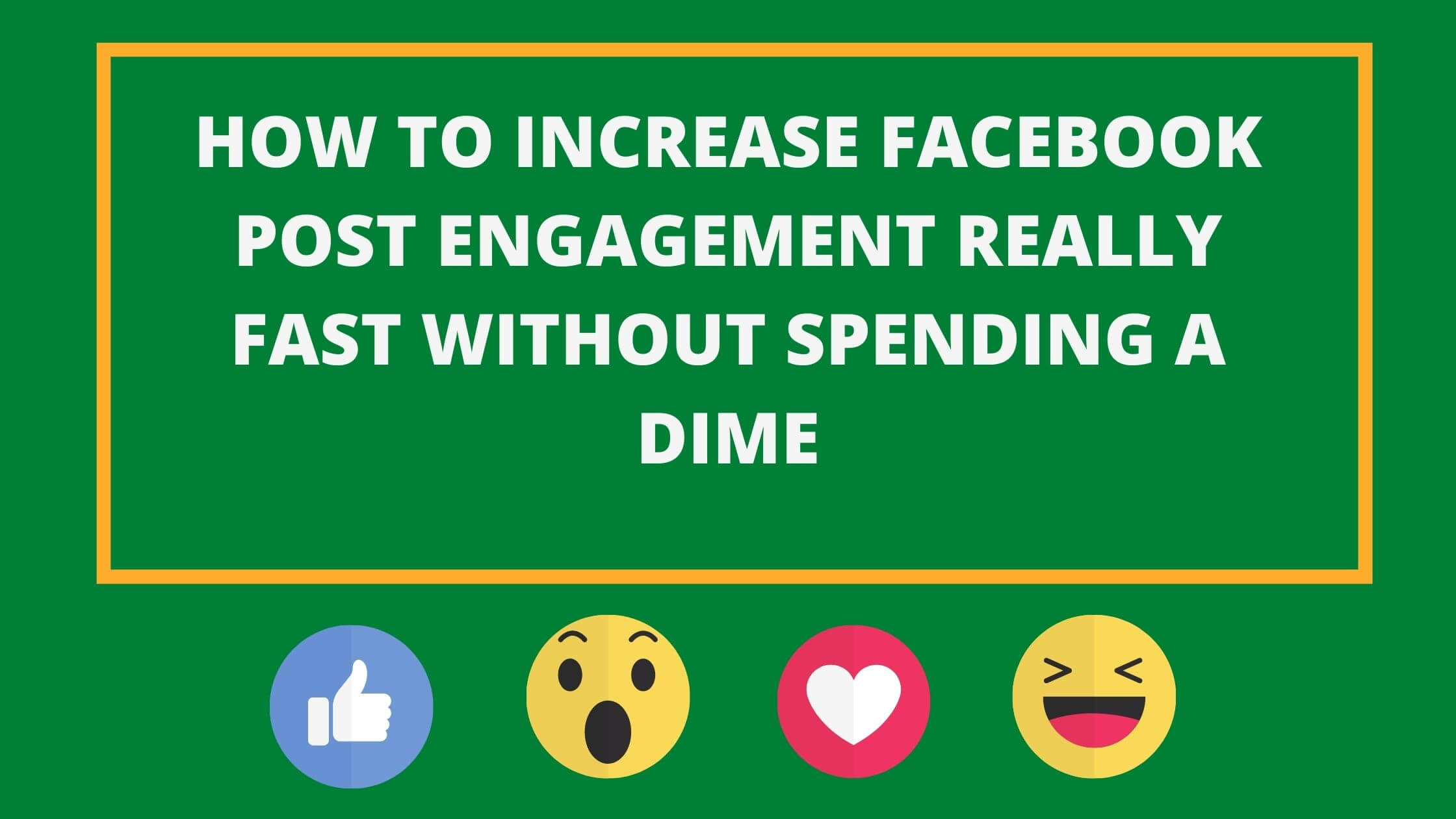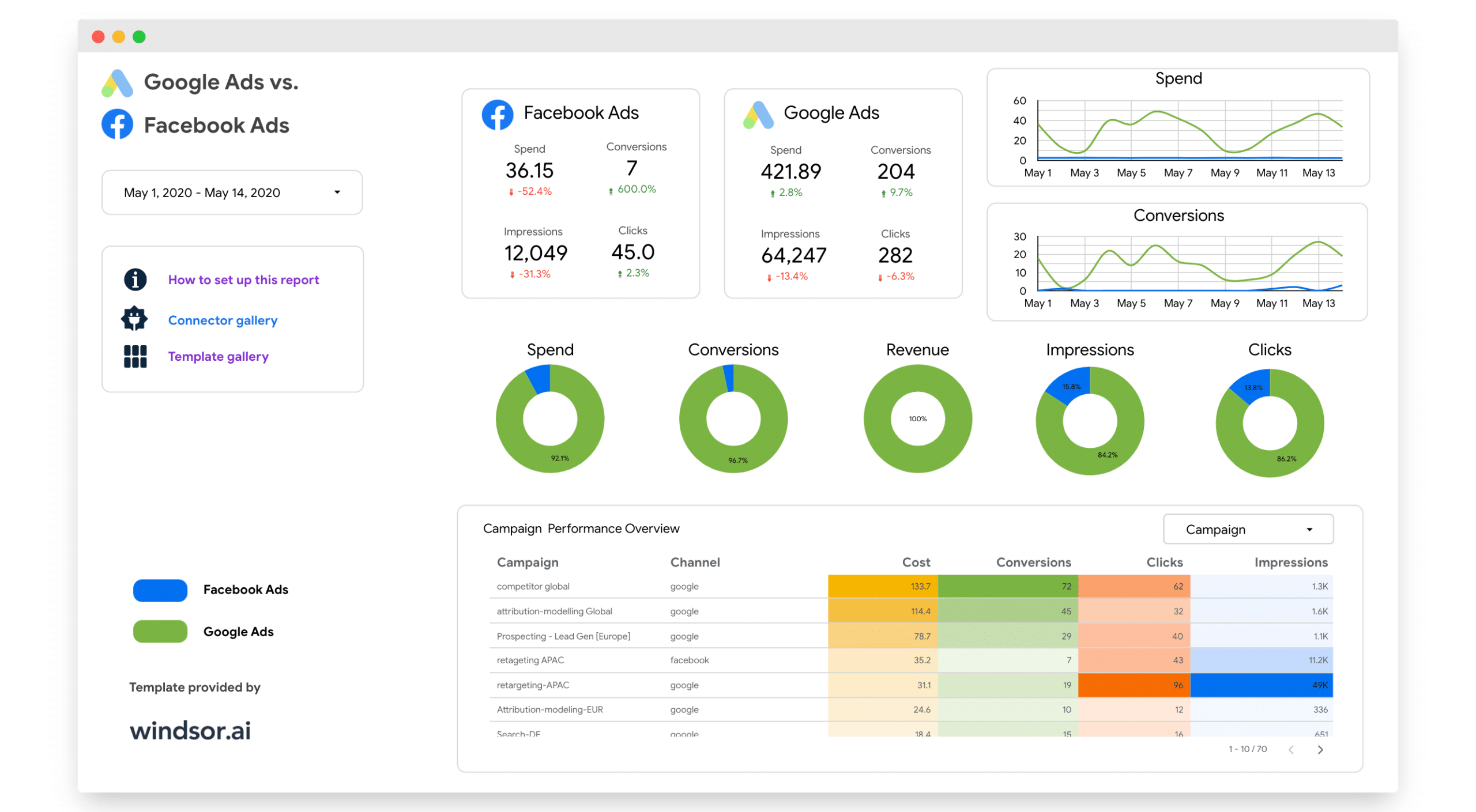
A solid foundation of planning, creativity and measurement is the cornerstone of successful marketing campaigns. They have specific goals and can measure each stage of the process. They place emphasis on the call-to action and offer. They touch prospects multiple times and follow-up as necessary. And they measure results to ensure that you're getting the maximum value from your marketing. These tips will help you make your next campaign a success. Understanding your audience and your goals
Strategies
If you want to be successful in your marketing campaigns, it is essential to use the right marketing techniques. Email is the best method of marketing. There are many options. Adobe conducted a survey and found that people spend an average of five hours per day looking at their email inbox. Whether you use email to communicate with customers or to generate awareness for your product, email marketing can help your business get the desired results.
Multiplying touchpoints is the best way reach your audience. Be aware that online consumers often visit multiple websites and use many devices at once. This is why it is crucial to build a map of the journey of your target audience. Decide when you want to reach them. For each channel, use different types of content or creative.

Channels
Marketing campaigns can use a variety of channels. They can be digital through social media, offline through networking events, and word-of-mouth. Facebook, for example offers lead generation advertisements that enable potential customers and friends to subscribe to your company right from the platform. This gives you the opportunity to create a memorable experience for your audience, and also builds brand reputation.
Modern businesses must use digital marketing. You have many options. It is essential to adapt your messages to each channel in order to reach your target audience. Broadcasting a marketing message on all channels will result in missed opportunities and poor results. Each channel has its own audience, goals and audiences so it is crucial to choose the right channels to support your campaign.
Budget
Implementing a marketing program is the next step. This could involve developing new marketing messages or launching new websites, as well as using new tools. Your budget should be set aside for the various aspects of your marketing strategy, such as generating new customers and maintaining them. There are many options to control marketing campaign costs. Here are some examples. Here are some examples of how to use Pinterest to build a mailing liste.
It is important that you use the right tools to do the job. A way to improve your marketing is to test its effectiveness. A/B testing, also known split testing, is an essential component of marketing. It allows you to test various approaches and the factors that impact their effectiveness. With proper tools, you can adjust your budget based on the success or failure of each.

Measuring
Measurement in campaigns marketing is the process of analyzing and comparing the performance of a campaign against a benchmark. By collecting contact information, you can gauge the success of an app. This measurement is sometimes called a proxy measure, as it is the closest to the desired action.
Marketing measurement is a way to determine the success of a campaign and which ones should be repeated. Marketing measurement accuracy requires a cohesive approach that incorporates multi-touch attribution and marketing mix modeling.
FAQ
How much does advertising on social media cost?
You should be aware that social media advertising costs money. You will be charged monthly for your time spent on each platform.
Facebook - $0.10 per 1,000 impressions
Twitter - $0.20 for 1,000 impressions (if tweeting)
If you send out invitations to Linkedin, $0.30 per 1,000 impressions
Instagram - $0.50 for 1,000 impressions
Snapchat – $0.60 per 1,000 impressions ($0.40 for each user)
YouTube - $0.25 per 1,000 views
Tumblr - $0.15 per 1,000 impressions for text posts.
Pinterest - $0.05 per 1,000 impressions per month
Google + $0.15-$0.20 for 1,000,000 impressions
Tumblr – $0.15 - $0.20 per 100,000 impressions
Vimeo - $0.20- $0.25 per 10,000 impressions
Soundcloud – $0.20-$0.25 for 1 million plays
StumbleUpon - $0.20 -$0.25 per 1 billion pageviews
Digg - $0.20 to $0.25 per 1000 diggs
Reddit – $0.20-$0.25 Per 1000 Comments
Wordpress - $0.20 to-$0.25 for 500 comments
Flickr - $0.20 -- $0.25 per 5,000 photo uploads
What is branding?
Branding is how you convey who you really are and what you believe in. It's how you make people remember you when they hear your name.
Branding is all about creating an identity that makes your company memorable. Branding is more than a logo. It encompasses everything, from the physical appearance of your company to the voice and tone used by your employees.
A strong brand makes customers feel more confident about buying from you. They also feel more confident choosing your products than those from competitors.
A good example of a well-branded company is Apple. Apple is a globally recognized brand because of its beautiful design, high-quality product lines, and friendly customer service.
Apple's name is synonymous with technology. People think of Apple whenever they see a computer or smartphone.
If you're considering starting a new business, you should consider developing a brand before launching. This will give your business a face and personality.
What is an Ad Campaign?
An advertisement campaign is a series containing advertisements to promote a product. It could also refer the entire production of such advertisements.
The Latin word for selling is "ad." Marcus Terentius Varro (116–27 BC) was the first person to use it. It meant "to sell".
Advertising campaigns are most often done by large agencies or businesses. Advertising campaigns can involve many media types, such as television, radio, print, and the internet.
Advertising campaigns are typically long-lasting and have clear goals. Some campaigns are designed to increase awareness, while others aim to increase sales.
What should you know about printing advertising?
Print advertising can be a powerful medium for communicating with customers. Many companies use print advertising to promote their products. It is designed to attract the attention of the customer.
Print ads are usually short (one page) and contain text, pictures, logos, and other graphics. These ads may include sound, animation and video as well as hyperlinks.
The following are the main types print advertisements:
1. Brochures - These are large format printed pieces designed to attract people into stores. Brochures often feature eye-catching designs and colorful photos.
2. Catalogues are smaller versions than brochures. These are usually sent to customers who request information about specific items.
3. Flyers – These are small pieces made of paper that are distributed at events, such as fairs or concerts. These flyers are usually free, but they must be purchased if given to retail outlets.
4. Posters - These flyers can be larger than the ones you see on the flyer. They are often displayed on walls, fences, or buildings. They are usually created using computer software programs designed to catch passersby's attention.
5. Direct mail – This is a direct mailing of letters or postcards directly to customers. These are sent to customers periodically by businesses to remind them about their business.
6. Newspaper Ads are placed in newspapers and magazines. These are typically quite long and often contain text as well images.
What should you know about internet marketing?
Internet advertising is a key part of any business strategy. It helps companies reach potential customers at a low cost. There are many forms of internet marketing. Some are free while others may require payment.
There are many ways to advertise online, including pop-up ads and banner ads. Each method has its pros and cons.
What is advertising's main purpose?
Advertising is not just about selling products; it's also about creating an emotional connection between you and your customers.
Advertising is all about communicating ideas and values with people who are already interested. It's about changing minds and attitudes. And it's about building relationships.
It's all about helping people feel good.
But if you don't know what your customers want, you can't sell anything to them.
So before you start any advertising project, you should first understand your customer's needs and wants, and buying habits.
Then, you can create ads that resonate.
What is an advertisement buyer?
Advertisers buy advertising space on television, radio, and print media.
Advertisers pay only for the time their message is to appear.
They don't necessarily want the best ad, but they are more interested in what is most effective at reaching their target audience.
Advertisers may have demographic information such as the age, gender, marital status, income level, occupation, hobbies, and interests of their customers.
These data can be used to help advertisers decide the most effective medium. They may decide that direct mail works better with older people.
Advertisers also evaluate the competition. Advertisers will look at the competition to see if similar businesses are nearby.
Advertisers should also consider the budget they have and how long they plan to spend it before it expires.
Statistics
- Google will display whichever ad type (CPM or CPC) is expected to earn more revenue for the publisher, which is in Google's best interest since they take a 32% share of the revenue. (quicksprout.com)
- Advertising spending as a share of GDP was about 2.9 percent. (en.wikipedia.org)
- This means that at least 50% of an ad needs to be shown on the screen for at least one second. (quicksprout.com)
- Nonetheless, advertising spending as a share of GDP was slightly lower – about 2.4 percent. (en.wikipedia.org)
External Links
How To
How do I advertise on Google?
AdWords is Google’s advertising platform that allows businesses to buy ads using specific keywords. Set up your account first. Set the budget, select the campaign name, and then add keywords. You then place your bids on these keywords. Clicking on an ad will pay you only if it is clicked by someone who searched using one of your targeted keywords. This way, you get paid even when people don't buy anything.
Google has many tools to help you ensure your ads work. These include Ads Preferences Manager, Keyword Planner, Analytics, and Ads Preferences Manager. These let you determine which strategy is best for you business.
A keyword planner allows you to determine the best keywords to use in your campaigns. It can help you decide whether or no to spend money on certain keywords.
Ads Preferences Manager is available to alter settings such as maximum number of impressions per calendar day and minimum cost per click.
Analytics allows you to track and compare the performance of your ads with those of other advertisers. You can also view reports showing how well your ads performed compared to others.